The Role of Rehabilitation Services in Post-Surgical Recovery
Surgery can be a life-saving or life-altering intervention, but the journey to full recovery often extends well beyond the operating room. Rehabilitation services play a crucial role in helping patients regain their strength, mobility, and functionality after surgery. These services, which include physical therapy, occupational therapy, and speech therapy, provide personalized care to support healing and improve long-term outcomes.
1. Why Rehabilitation is Essential After Surgery
Post-surgical rehabilitation is designed to restore the body’s ability to function as it did before the operation, and sometimes even better. Here are several key reasons why rehabilitation is critical:
- Accelerates Recovery: Rehabilitation can speed up the recovery process by helping patients regain strength, flexibility, and movement sooner.
- Prevents Complications: Following surgery, there is a risk of complications like blood clots, muscle atrophy, and joint stiffness. Proper rehabilitation reduces these risks by promoting circulation, movement, and gradual return to normal activities.
- Improves Mobility and Strength: Surgeries, especially orthopedic and neurosurgical procedures, can affect a patient’s ability to move. Rehabilitation focuses on restoring strength and improving mobility to help patients regain independence.
- Pain Management: Rehabilitation programs often include techniques such as therapeutic exercises and manual therapy that help manage post-surgical pain. Therapists also educate patients on safe ways to move and exercise without exacerbating discomfort.
2. Types of Rehabilitation Services
There are various types of rehabilitation services, and the specific kind a patient needs depends on the type of surgery they’ve undergone and their individual health goals.
Physical Therapy (PT)
Physical therapy is perhaps the most well-known form of post-surgical rehabilitation. It focuses on restoring movement, strength, and physical function through exercises, manual therapy, and equipment. PT is commonly used after surgeries such as joint replacements, ligament repairs, and spinal surgeries.
- Common goals: Improving mobility, reducing pain, preventing scar tissue build-up, and strengthening muscles around the surgical site.
- Example: After a knee replacement surgery, physical therapy helps a patient gradually regain the ability to walk and perform daily activities like climbing stairs.
Occupational Therapy (OT)
Occupational therapy helps patients adapt to their environment and regain the ability to perform daily tasks. It is particularly useful for individuals recovering from surgeries that affect the upper extremities, like hand or shoulder surgery, or those who need to relearn basic tasks like dressing or cooking after major surgeries.
- Common goals: Teaching patients how to safely carry out daily tasks, recommending assistive devices, and ensuring that the home or work environment is conducive to their recovery.
- Example: After a stroke or hand surgery, occupational therapists work with patients to improve hand-eye coordination, grip strength, and fine motor skills.
Speech Therapy
For patients who undergo surgeries involving the brain, throat, or neck, speech therapy is vital in helping them regain the ability to speak and swallow properly. It is also important for patients who experience cognitive issues or changes in communication post-surgery.
- Common goals: Improving speech clarity, swallowing ability, and cognitive-linguistic skills, while helping patients re-adapt to social and professional environments.
- Example: After throat surgery or a stroke, speech therapists work to restore a patient’s ability to speak clearly and swallow food safely.
3. The Importance of a Multidisciplinary Approach
Post-surgical rehabilitation works best when it involves a multidisciplinary approach. Surgeons, physical therapists, occupational therapists, and other healthcare professionals collaborate to create a customized plan based on the patient’s surgery and overall health. This approach ensures that all aspects of the patient’s recovery are addressed, from pain management to mobility and psychological well-being.
- Collaboration in care: Surgeons may recommend specific types of therapy based on the surgical procedure, while rehabilitation specialists adjust the intensity and type of therapy as the patient progresses.
- Comprehensive care: Beyond just addressing the physical limitations, a multidisciplinary rehabilitation team also focuses on emotional and psychological support to promote mental well-being during recovery.
4. Long-Term Benefits of Rehabilitation
While the immediate goal of rehabilitation is to help patients recover from surgery, the benefits often extend well beyond the initial recovery period.
- Reduced Risk of Re-Injury: Proper rehabilitation helps patients rebuild strength and movement in a way that reduces the risk of re-injury or future complications.
- Enhanced Quality of Life: By restoring function and independence, rehabilitation allows patients to return to work, hobbies, and daily life with greater ease and confidence.
- Chronic Pain Management: For individuals undergoing surgery for chronic conditions, such as arthritis or back pain, rehabilitation can play a key role in managing ongoing discomfort and preventing flare-ups.
5. Patient Involvement: A Key to Success
Patients play an active role in the success of their rehabilitation. Adherence to the prescribed therapy program, participation in exercises, and open communication with the rehabilitation team are crucial for optimal outcomes.
- Patient education: Therapists provide patients with exercises and strategies that they can continue at home, which is critical for ongoing recovery.
- Motivation and commitment: Staying motivated and committed to the rehabilitation process can be challenging, especially when progress is slow. However, patients who actively participate in their recovery tend to achieve better outcomes.
Conclusion
Rehabilitation services are an essential component of post-surgical recovery, offering patients the tools and support they need to heal effectively and return to their normal lives. Whether it’s physical therapy for improved mobility, occupational therapy for regaining independence, or speech therapy for communication, rehabilitation services help ensure that patients achieve the best possible outcomes. With a personalized, multidisciplinary approach, these services not only speed up recovery but also enhance long-term health and quality of life.
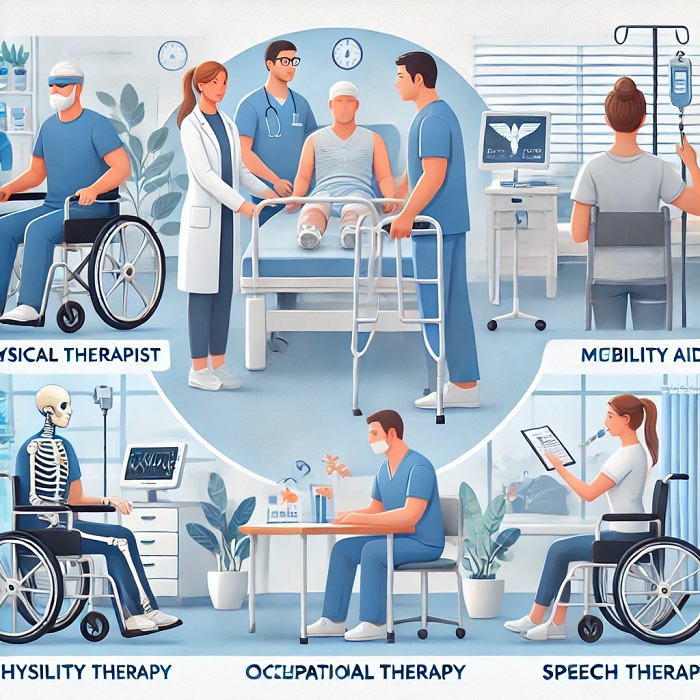
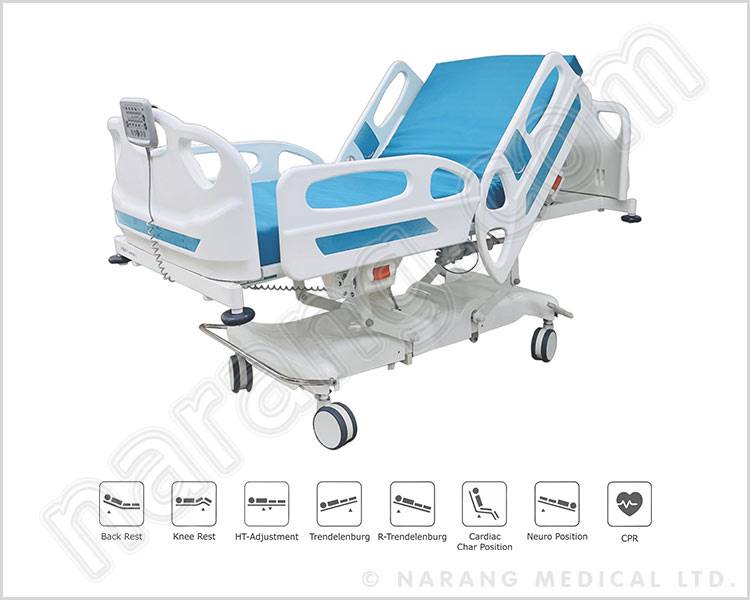
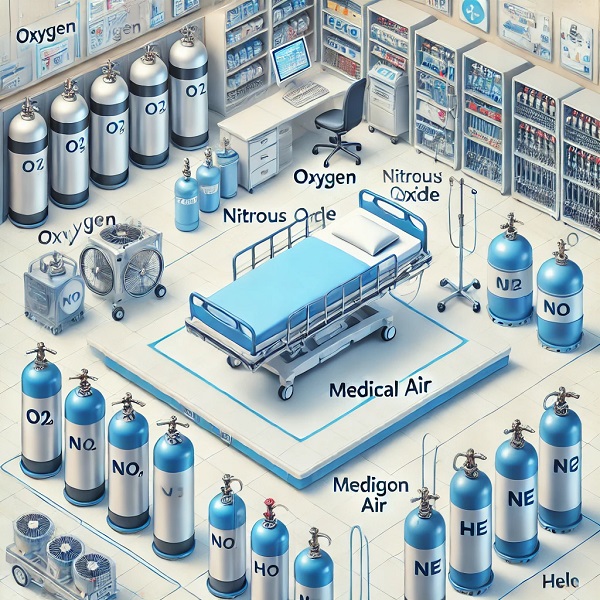
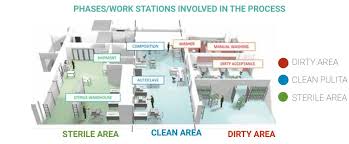

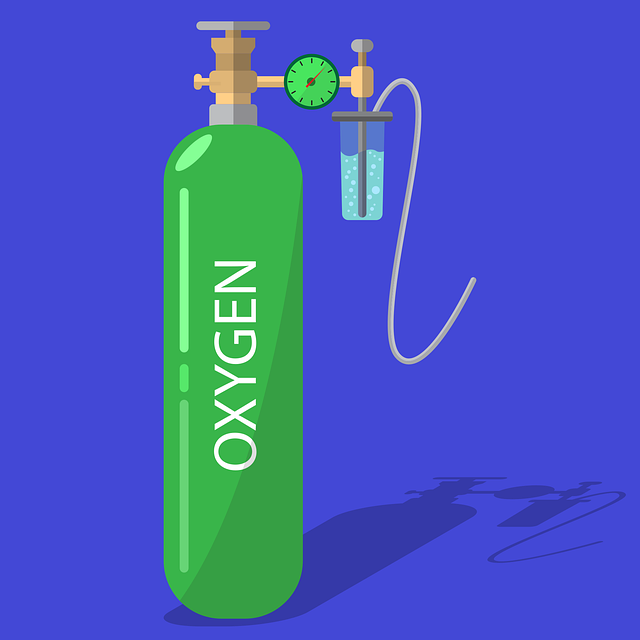




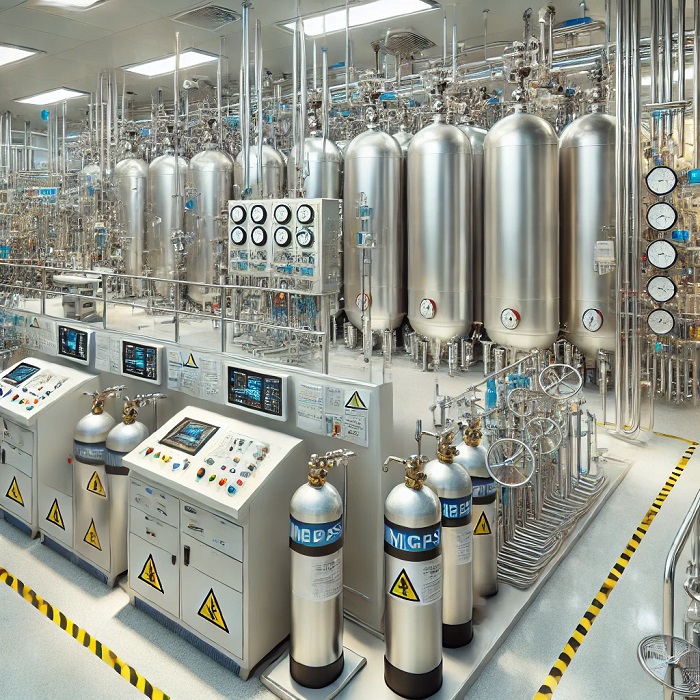



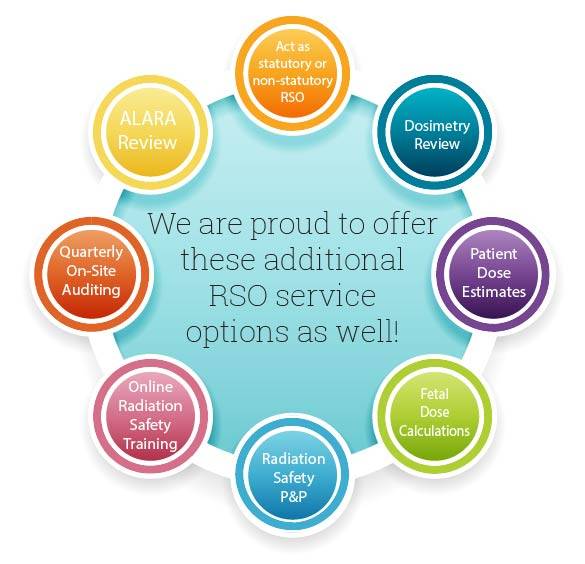
Leave a Reply